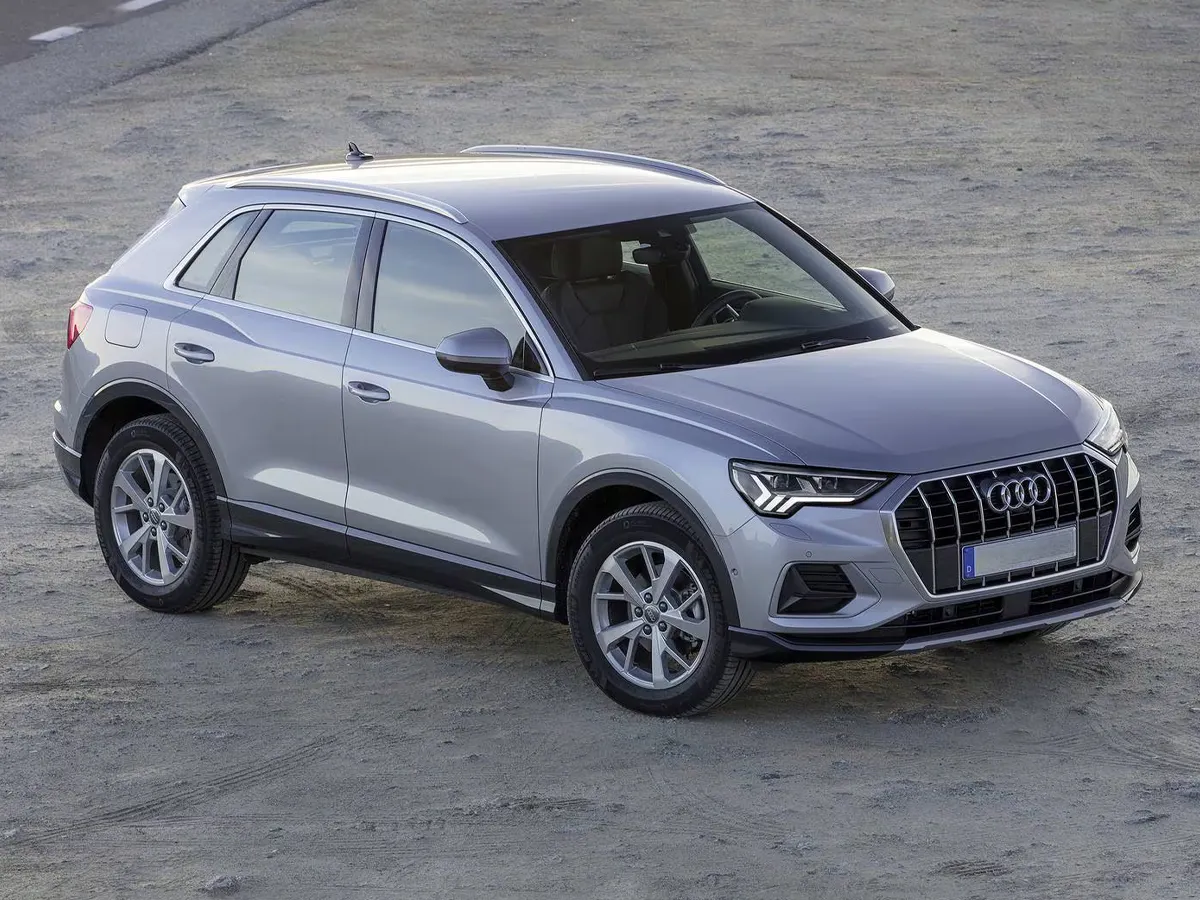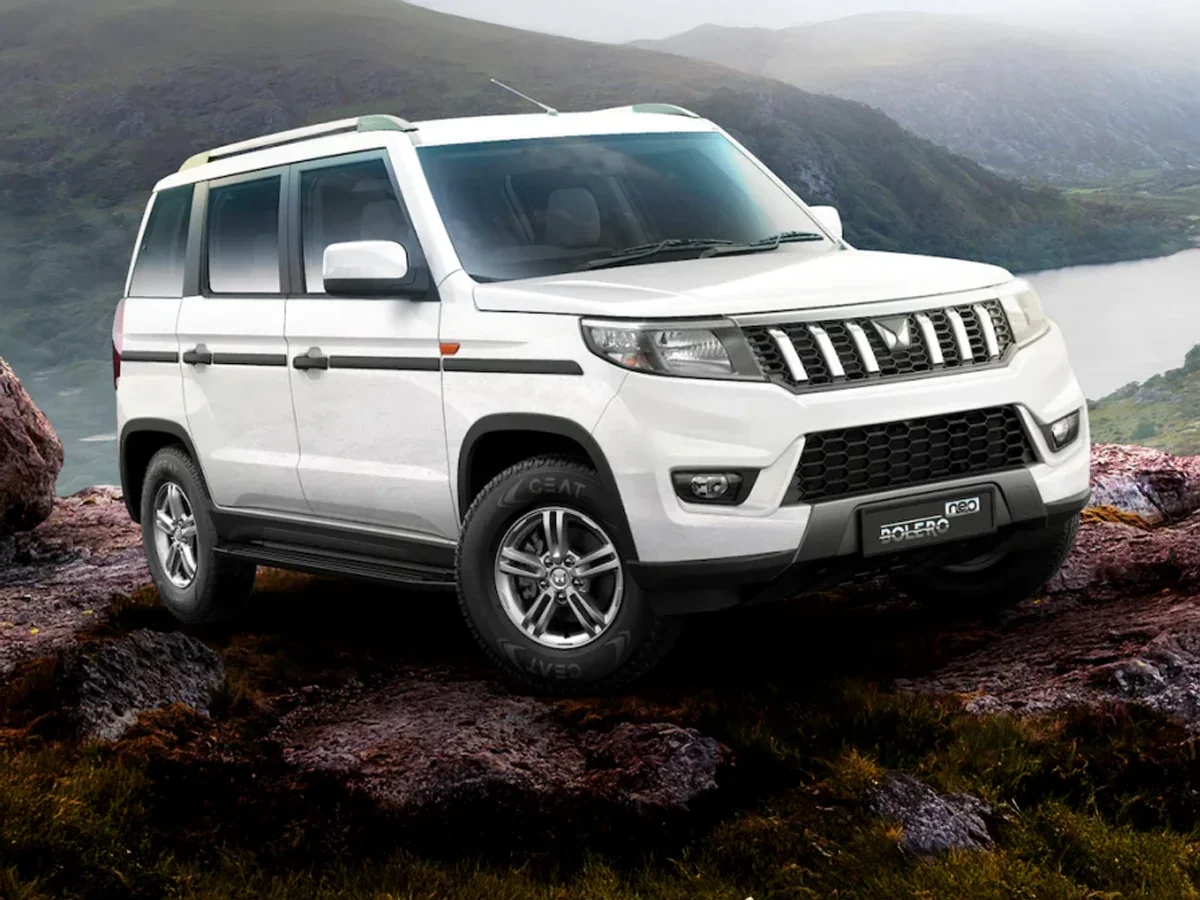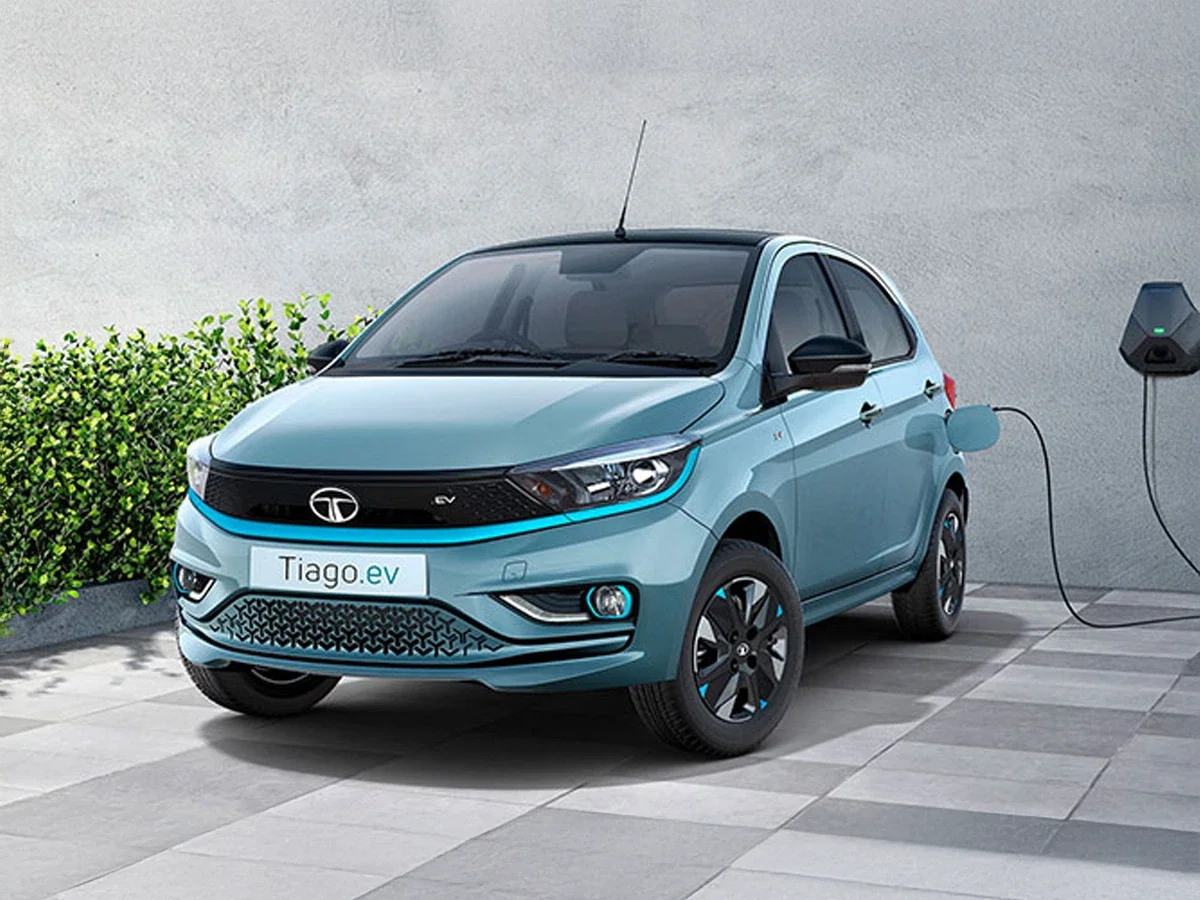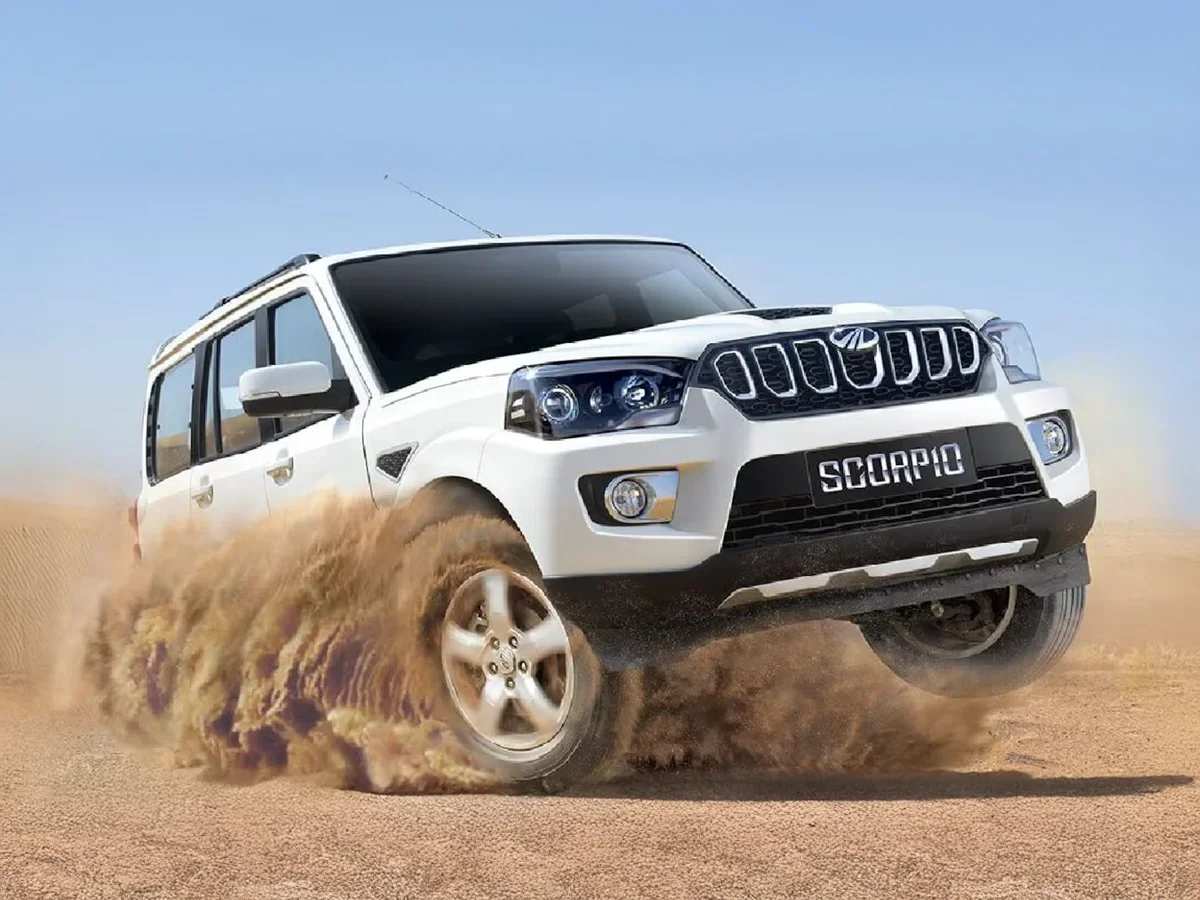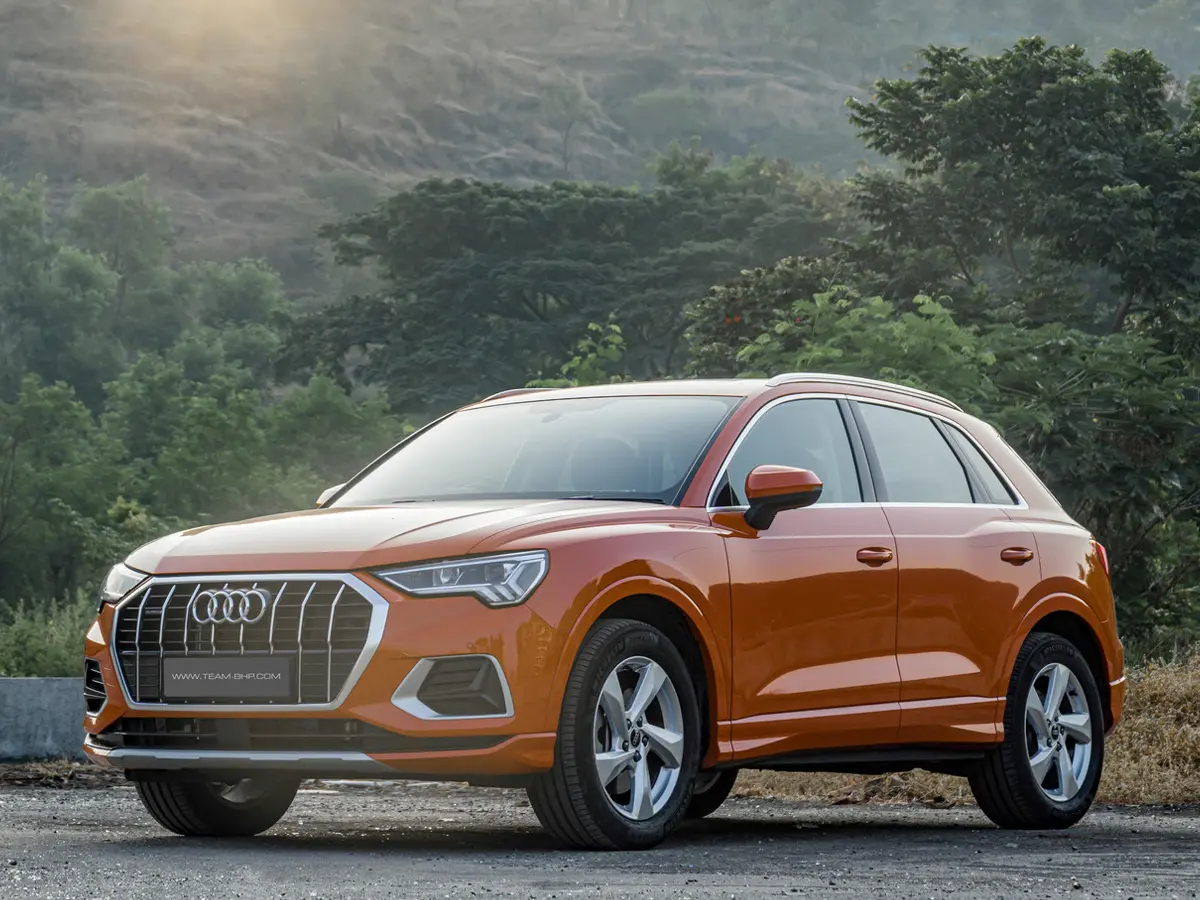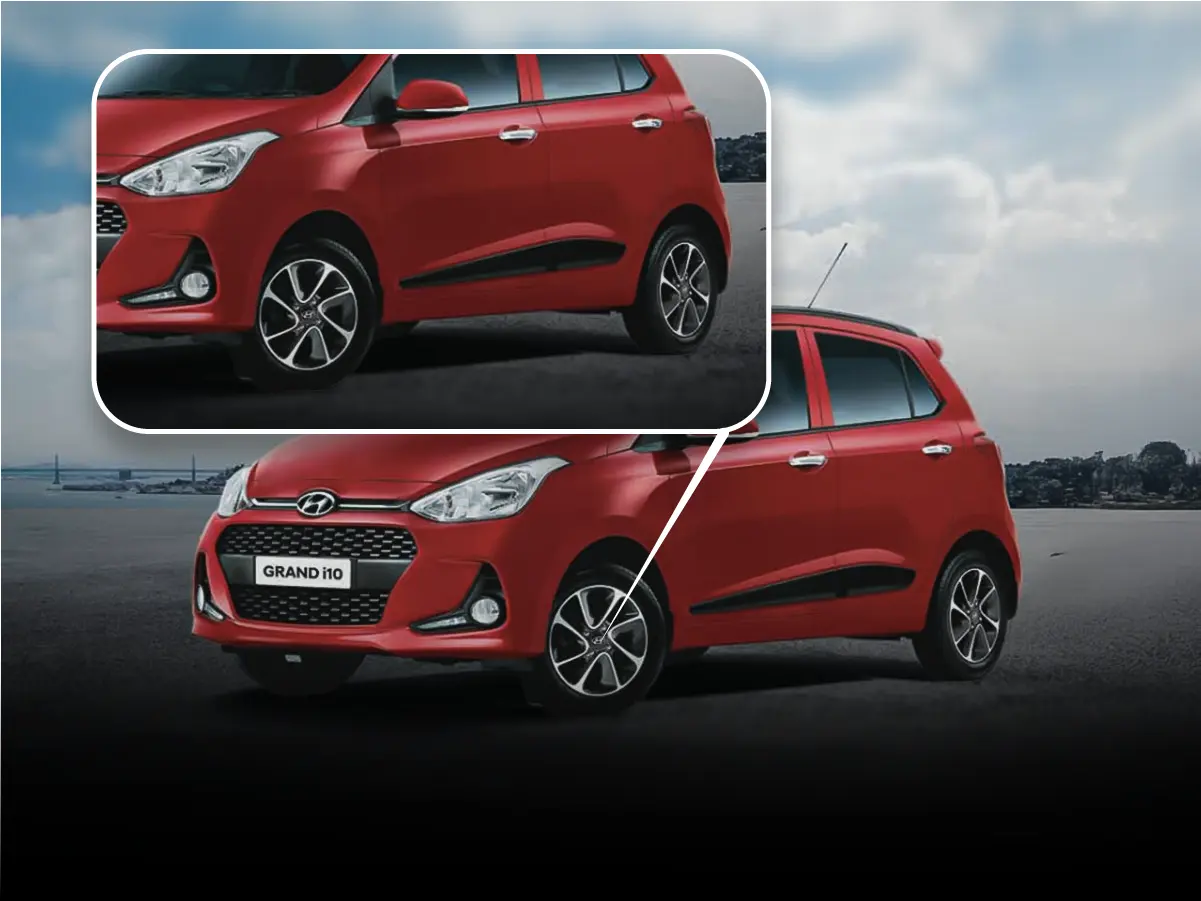

Hyundai Grand i10 Tyre Price, Specifications & Recommended Tyre Pressure
- 1All variants of the Grand i10 come with 165/65 R14 tyres
- 2Maintain 33 PSI for all tyres (when cold) for optimal safety and efficiency
- 3A new Grand i10 tyre can cost between ₹3,100 to ₹5,800
- Hyundai Grand i10 Tyre Overview
- Importance of Manufacturer-Recommended Tyres
- Hyundai Grand i10 Tyre Size by Variant
- Hyundai Grand i10 Tyre Air Pressure (Recommended PSI)
- Hyundai Grand i10 Tyre Price in India
- Best Tyre Brands for Hyundai Grand i10
- How to Know When to Replace Grand i10 Tyres?
- Tyre Maintenance Tips for Hyundai Grand i10 Owners
- Summary
The Hyundai Grand i10 stands out as one of the leading and best-selling hatchbacks in India. The i10 series has sold over 20 lakh units in India and has exported over 13 lakh units across 140 nations. Known for its city-friendly size, peppy performance, and comfortable ride, the Grand i10’s tyres play a major role in delivering that everyday practicality. That is why every owner must know the right Hyundai Grand i10 tyre size, the cost to change them, and the tyre pressure.
If you’re planning on buying a used Hyundai Grand i10, keep reading as we decode all things tyres in this guide.
Hyundai Grand i10 Tyre Overview

A vehicle's tyres are key to comfort, mileage, and safety. All variants of the Grand i10 come with a standard tyre size of 165/65 R14.
If you’re scouring the used cars market to buy a pre-owned Grand i10, making sure the car has the right tyre size will help in numerous ways.
Importance of Manufacturer-Recommended Tyres
The manufacturer recommended Grand i10 tyre size has the proper load index and the accurate Hyundai Grand i10 tyre speed rating. Choosing the right tyre size helps in the following ways:
- It keeps the vehicle’s speed within the ideal range on highways and city roads.
- It improves the fuel efficiency.
- It offers plenty of comfort while riding as the tyres absorb all the bumps.
It extends the tyre’s lifespan so that you don’t have to replace them often.
Hyundai Grand i10 Tyre Size by Variant
Here's a brief of the Hyundai Grand i10 tyre size based on every variant.
| Variant | Tyre Size (Front) | Tyre Size (Rear) | Wheel Size | Tyre Type |
| Grand i10 Era / Magna | 165/65 R14 | 165/65 R14 | 14-inch Steel | Tubeless |
| Grand i10 Sportz / Asta | 165/65 R14 | 165/65 R14 | 14-inch Alloy | Tubeless |
For instance, the 165/65 R14 Grand i10 tyre size is 175 mm wide, has a 14-inch rim and a sidewall height of 65% of 165, which is about 107 mm.

Hyundai Grand i10 Tyre Air Pressure (Recommended PSI)
You must know about the correct Hyundai Grand i10 tyre air pressure as it will help you handle the vehicle perfectly. Here is a brief explanation of it:
| Tyre Size | Front Pressure (cold) | Rear Pressure (cold) |
| 165 / 65 R14 | 33 PSI | 33 PSI |
Cold vs. Hot Tyre Pressure Check
There are specific ways through which you can easily check the pressure of the tyre:
- You must inspect the tyres when it's cold. Cold air is pretty dense, so the pressure is lower.
- After driving, the tyre air gets heated up and the pressure increases by 2 PSI to 4 PSI.
Measuring when the tyres are hot and then adding air to make them reach 33 PSI will overinflate the tyres when they cool down.
Why Correct Tyre Pressure Matters?
There are many reasons why the Hyundai Grand i10 tyre air pressure is crucial:
- Safety: Underinflated tyres will flex way too much. This increases the heat present inside the tyre and will cause a blowout. Overinflated tyres can lower the contact patch, which will lead to much longer braking distances.
- Tyre Life: When tyres are underinflated, the edges wear out much quicker, and if they're overinflated, the centre region wears out faster. When the tyres have the proper pressure, the tyre tracks will touch the road. That way, the tyres will wear out evenly and last much longer.
Fuel Economy: Underinflated tyres are subjected to higher rolling resistance. The engine will work harder and burn a lot of fuel. However, overinflated tyres tend to bounce a lot more and also affect the fuel efficiency.
Hyundai Grand i10 Tyre Price in India
The Hyundai Grand i10 tyre cost can differ significantly. The price range varies between ₹3,100 to ₹ 5,800
Best Tyre Brands for Hyundai Grand i10
Now, let’s take a look at the tyre cost based on some of the best tyre brands for Hyundai Grand i10:
| Brand | Example Model | Key Features |
| MRF | ZVTV Premium | Good all-around grip, durable |
| CEAT | FuelSmart / Milaze X5 | Balanced performance, puncture resistance |
| JK Tyre | UX Touring | Comfortable ride, good wet grip |
| Michelin | Energy XM2 | Excellent mileage, low noise |
| Apollo | Amazer 4G Life | Good high‐speed stability, comfortable ride |
| Bridgestone | Ecopia / B290 | Low rolling resistance, better fuel economy |
| Goodyear | Duraplus DP C1 | Durable on Indian roads, reliable |
Features to Look for in Grand i10 Tyres
The Hyundai Grand i10 tyre specifications have some unique features that you should know about. Here are some of the primary ones:
- Tread Pattern: Look for tyres with wide water channels. They prevent hydroplaning in India’s monsoon rains.
- Sidewall Strength: Strong sidewalls resist cuts and bulges when you drive over potholes.
- Load Index: Grand i10 NIOS generally uses tyres rated 85S (meaning each tyre can carry up to 515 kg safely).
- Hyundai Grand i10 Tyre Speed Rating: The standard tyres typically have a speed rating of T or H, which are rated for 190 km/h to 210 km/h, respectively.
- Fuel Efficiency: Some tyres advertise “low rolling resistance.” These tyres can save you 2 kmpl to 3 kmpl on longer highway trips.
Noise Level: Premium tyres use special patterns and rubber compounds to keep road noise under 68 dB to 70 dB, making city driving more pleasant.
How to Know When to Replace Grand i10 Tyres?
Here's what you need to know when you plan on replacing the tyres of your Grand i10 NIOS:
- Check Tread Depth: Use a tread‐depth gauge or a simple ₹5 coin test, and if you see the border, it's time to change. Moreover, if the tread depth is below 1.6 mm, replace the tyre.
- Tyre Age: Look at the DOT code on the sidewall. If older than 5 years, replace, even if the tread looks okay.
- Visible Damage: Cuts, bulges, or sidewall cracks mean immediate replacement to avoid a blowout.
Uneven Wear: If one tyre’s wear is much higher on one edge, get the alignment checked. Replace the tyre and fix the alignment.
Tyre Maintenance Tips for Hyundai Grand i10 Owners
Apart from understanding the Hyundai Grand i10 tyre size and pressure, you also need to maintain the tyres to get the best out of them. Here’s how you go about it:
- Remove debris and stones from the treads. It can lead to a puncture if they stay inside the grooves.
- Make sure to keep the rear and front at 33 PSI when it's cold. Try to adjust it to 36 PSI if you carry a heavy load.
- You must swap between front and rear to get even wear.
- Misalignment of the tyres can wear them out on the edges. Balance-related problems can also lead to vibration. Both of these things will shorten the tyre's lifespan.
You should slow down when you find speed-breakers or potholes on the roads. That way, you can prevent rim damage or sidewall cuts.
Summary
No matter the model or variant you own or plan to buy, maintaining the right Hyundai Grand i10 wheel size, pressure, and health is important for its performance, safe driving, and saving fuel. Hyundai chose the tyre size of 165/65 R14 to provide the car with the correct balance between handling and comfort.
Having the Hyundai Grand i10 tyre pressure at 33 PSI (cold) helps your tyres last longer, increases your car’s efficiency, and gives you a smoother drive. A standard Hyundai Grand i10 tyre usually ranges between ₹3,100 to ₹ 5,800, and brands like MRF, CEAT, Michelin, and Bridgestone have some excellent choices. Routine checks, correct inflation, and timely replacements can help you enjoy the Grand i10’s comfort for a longer time.
Frequently Asked Questions
Expand all



